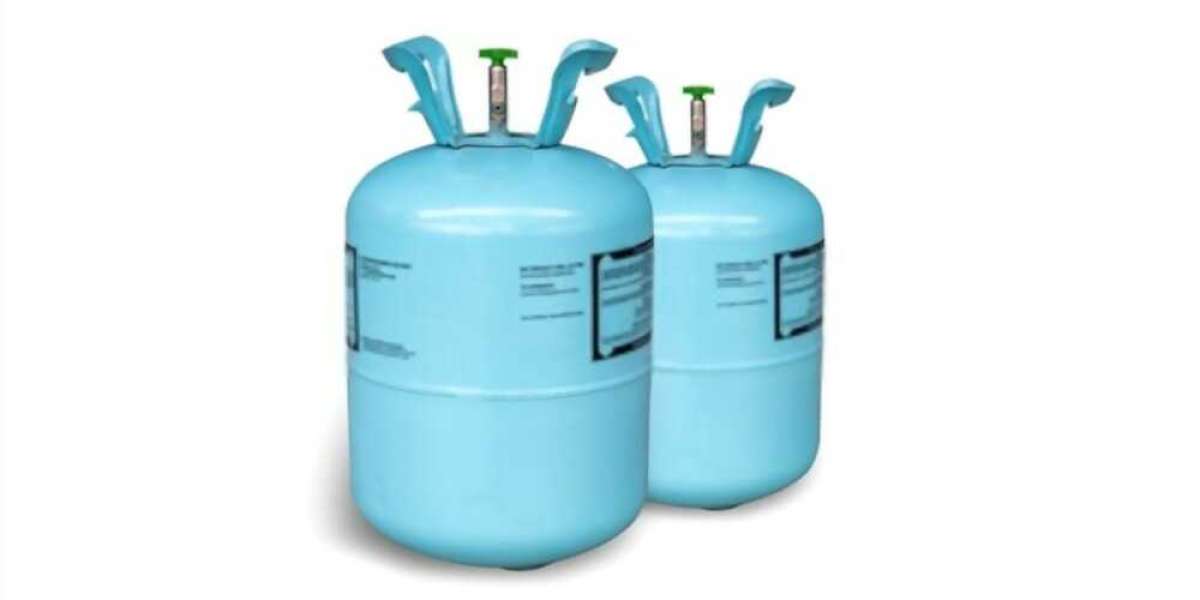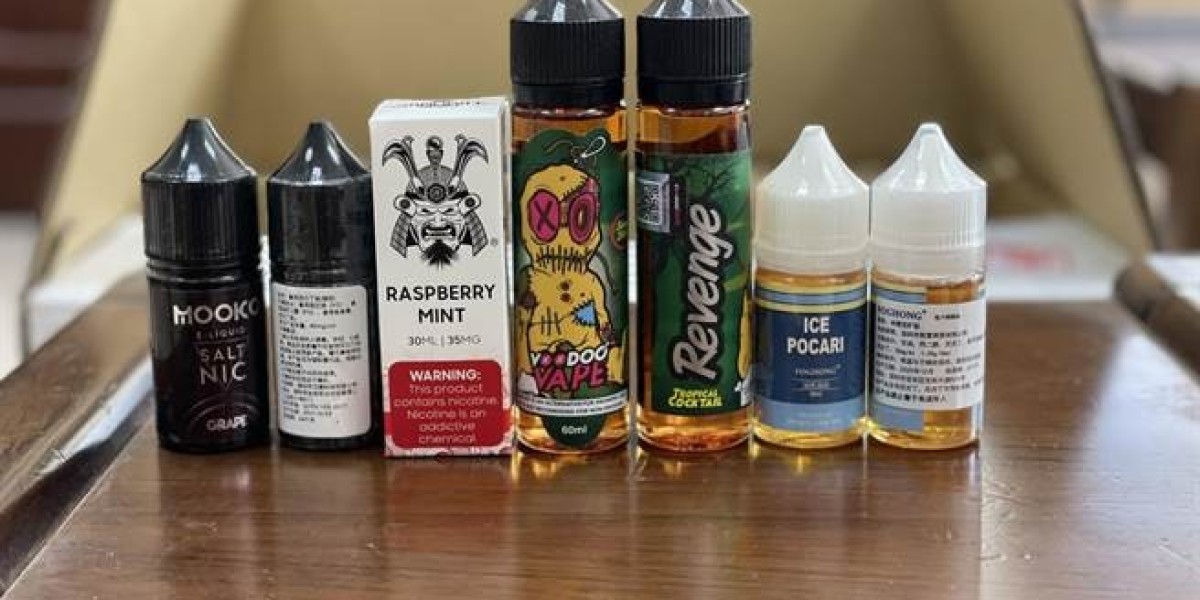As the world prioritises environmental sustainability and energy efficiency, the HVAC industry has seen significant advancements in refrigerants. One such refrigerant that has gained popularity is the 410A refrigerant, also known as R410a. Whether you're an HVAC technician, a homeowner, or simply curious about this refrigerant, this guide will provide you with the knowledge you seek.
What is 410A Refrigerant?
R410A refrigerant is a hydrofluorocarbon (HFC) blend composed of two main components – difluoromethane (R32) and pentafluoroethane (R125). It does not contain any ozone-depleting substances, making it environmentally friendly. It has a significantly lower ozone depletion potential (ODP) than its predecessor, R22 refrigerant. Additionally, it has a lower global warming potential (GWP), contributing to reduced greenhouse gas emissions.
Benefits of 410A Refrigerant
- High Energy Efficiency: 410A has excellent heat transfer properties, resulting in higher energy efficiency compared to older refrigerants. This translates into lower energy consumption and reduced utility bills.
- Better Performance: The use of 410A refrigerant enables HVAC systems to operate at higher pressures, leading to improved cooling capacity and enhanced overall performance.
- Long-term Availability: With the phase-out of R22 refrigerant due to its harmful environmental effects, 410A refrigerant is an ideal alternative as it is readily available and widely used in new HVAC systems.
Applications of 410A Refrigerant
410A is commonly used in residential air conditioning systems, providing efficient cooling and helping homeowners reduce their carbon footprint. From small offices to large commercial buildings, 410A refrigerant is used in various commercial HVAC systems to ensure optimal cooling performance. Heat pumps, which offer both cooling and heating functions, often rely on 410A refrigerant to achieve high energy efficiency and year-round comfort.
Handling and Safety Precautions
Working with 410A refrigerant requires specialised knowledge and certification. It is crucial to hire a qualified HVAC technician for any repairs, maintenance, or refrigerant-related tasks. Technicians must use appropriate equipment for handling 410A, such as recovery machines, gauges, and hoses, to ensure safe and efficient operation. Due to the higher operating pressures of 410A refrigerant, it is essential to follow safety protocols, including wearing appropriate personal protective equipment (PPE) and conducting regular leak checks.
Maintenance and Troubleshooting
To maximise the lifespan and efficiency of your HVAC system, a certified technician must schedule routine maintenance. This includes cleaning coils, checking refrigerant levels, and inspecting electrical components. Common issues with HVAC systems using 410A refrigerant include refrigerant leaks, inadequate cooling, and compressor problems. Contacting a professional technician to diagnose and resolve these issues is recommended.
Price and Availability of 410A Refrigerant
The price 410A refrigerant price can vary depending on location, demand, and supplier factors. It is advisable to obtain quotes from reputable suppliers and consider the overall value rather than solely focusing on the initial cost. In the United Arab Emirates, it is widely available from reputable HVAC suppliers and distributors. Local market conditions and regulations may affect the pricing, so contacting suppliers directly for accurate pricing information is recommended.
Environmental Regulations and Compliance
R22 refrigerant is being phased out globally due to its ozone-depleting properties. This phase-out has led to the increased adoption of alternative refrigerants such as 410A, which is compliant with current environmental regulations. HVAC systems using 410A refrigerant often meet or exceed energy efficiency standards set by regulatory bodies. This ensures that the systems are environmentally friendly and help reduce energy consumption.
Upgrading to 410A Refrigerant
It is important to note that not all HVAC systems can be retrofitted to use 410A refrigerant. Older systems designed for R22 may require significant modifications or replacement to accommodate the new refrigerant. If you are considering upgrading your HVAC system to use 410A refrigerant, consult with qualified HVAC technicians who can assess the compatibility of your current system and provide appropriate recommendations.
Conclusion
410A refrigerant, or R410a, is a reliable and environmentally friendly alternative to older refrigerants like R22. Its energy efficiency, superior performance, and compliance with environmental regulations make it a popular choice for residential and commercial HVAC systems. By understanding its composition, benefits, proper handling, and maintenance requirements, you can make informed decisions regarding your HVAC system and contribute to a more sustainable future. Remember to consult with qualified professionals for any refrigerant-related tasks to ensure safety and optimal system performance.


